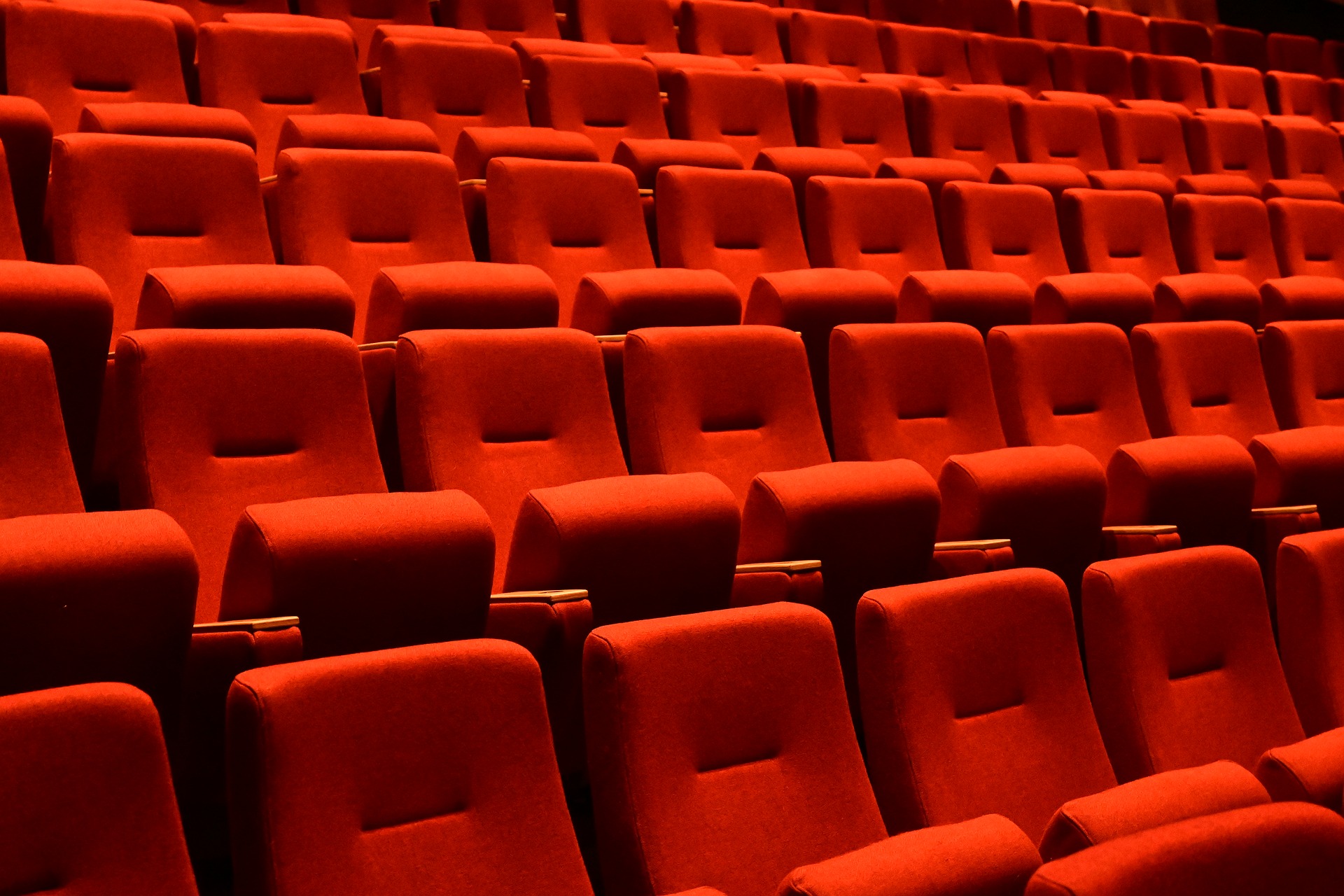Breaking Boundaries: The Surge of Virtual Reality in Live Performance
Introduction: As we delve into the world of Virtual Reality (VR) within the arts and entertainment industry, it's clear this technology is reshaping live performances and creating immersive experiences like never before. Virtual reality, as a concept, emerged from the science fiction realm, with early references dating back to the 1930s. However, it wasn't until the late 20th century when it began to take shape as a technological reality. The 1990s saw a surge in VR development with the gaming industry at the forefront, but the technology was still primitive and prohibitively expensive for mainstream adaptation.

The Advent of VR in Live Performances
Fast-forward to the 21st century, VR technology has seen drastic improvements in accessibility and affordability, enabling its integration into various sectors, including the arts and entertainment industry. From music concerts and theater productions to art installations and dance performances, VR has added a new layer of immersion and interactivity, transforming the traditional live performance experience.
Recent Developments in VR Performances
The year 2020 witnessed an unprecedented acceleration in VR adoption due to the global pandemic. COVID-19 restrictions prompted artists and performers worldwide to explore virtual spaces to connect with their audiences. The Burning Man festival, for instance, went virtual in 2020, offering attendees a VR experience that replicated the iconic event. Even Broadway, the epitome of live theater, has ventured into VR with shows like “The Under Presents: Tempest,” a groundbreaking immersive theatrical experience that combines live actors with a virtual audience.
Impact and Reception of VR Performances
The impact of VR on live performances is profound. It’s breaking down geographical barriers, enabling audiences worldwide to participate and engage in events they would otherwise miss out on. Moreover, VR performances are democratizing art and culture, making them accessible to people regardless of their physical abilities or socio-economic status. The reception has been largely positive, with critics noting the immersive nature of VR performances and the potential for innovative storytelling.
The Future of VR in Live Performances
Looking ahead, VR is set to revolutionize live performances even further. As technology advances, we can expect more realistic and immersive virtual environments, opening up new possibilities for artistic expression and audience engagement. However, it’s crucial to remember that VR is simply a tool, and the success of a performance still hinges on the creative vision and talent of the artists involved.
In conclusion, Virtual Reality is not only reshaping the landscape of live performances but also expanding our understanding of what is possible within the realm of arts and entertainment. As we continue to push the boundaries of technology, we can look forward to more innovative and immersive experiences that challenge our perceptions and fuel our imaginations.




